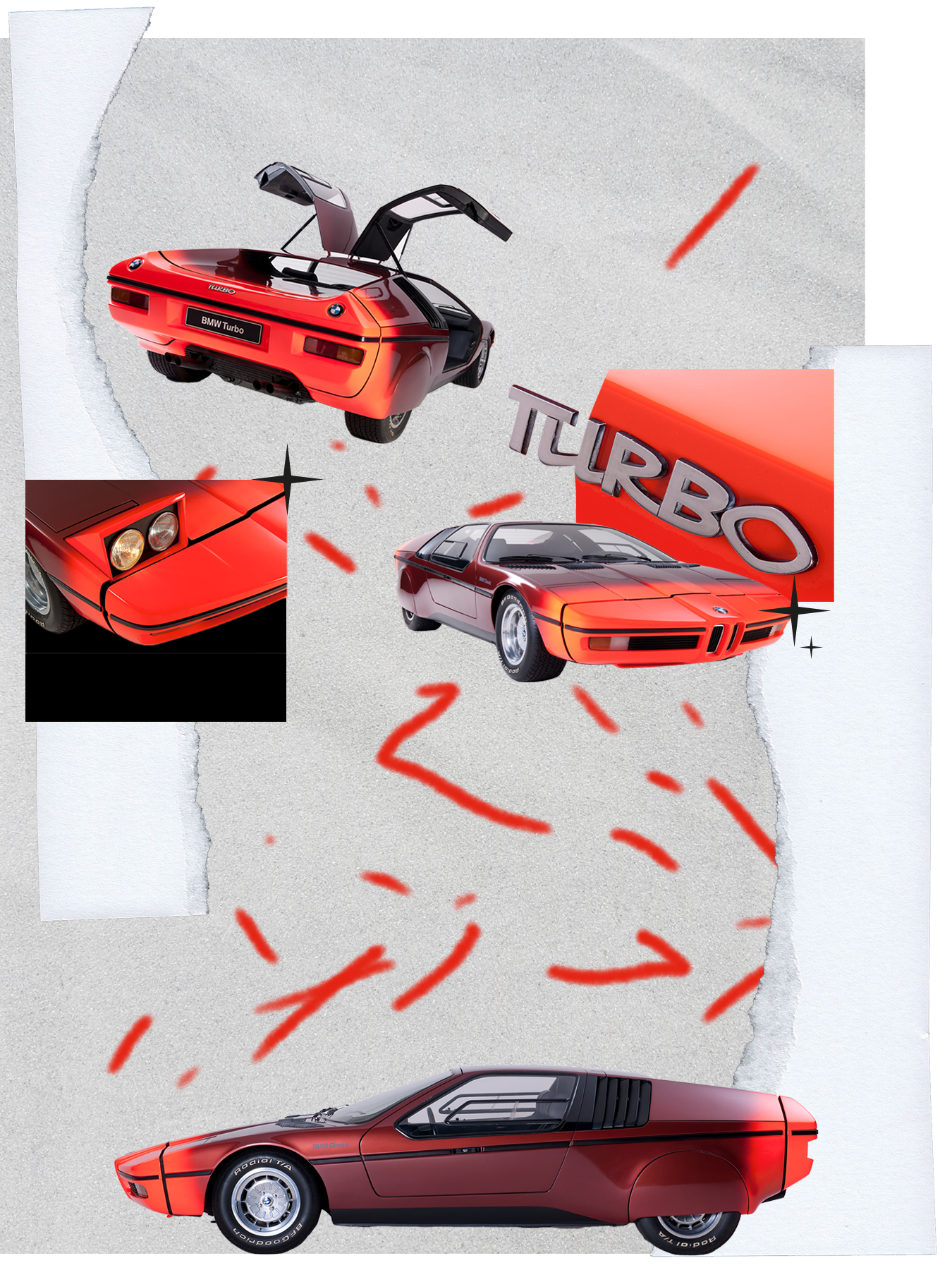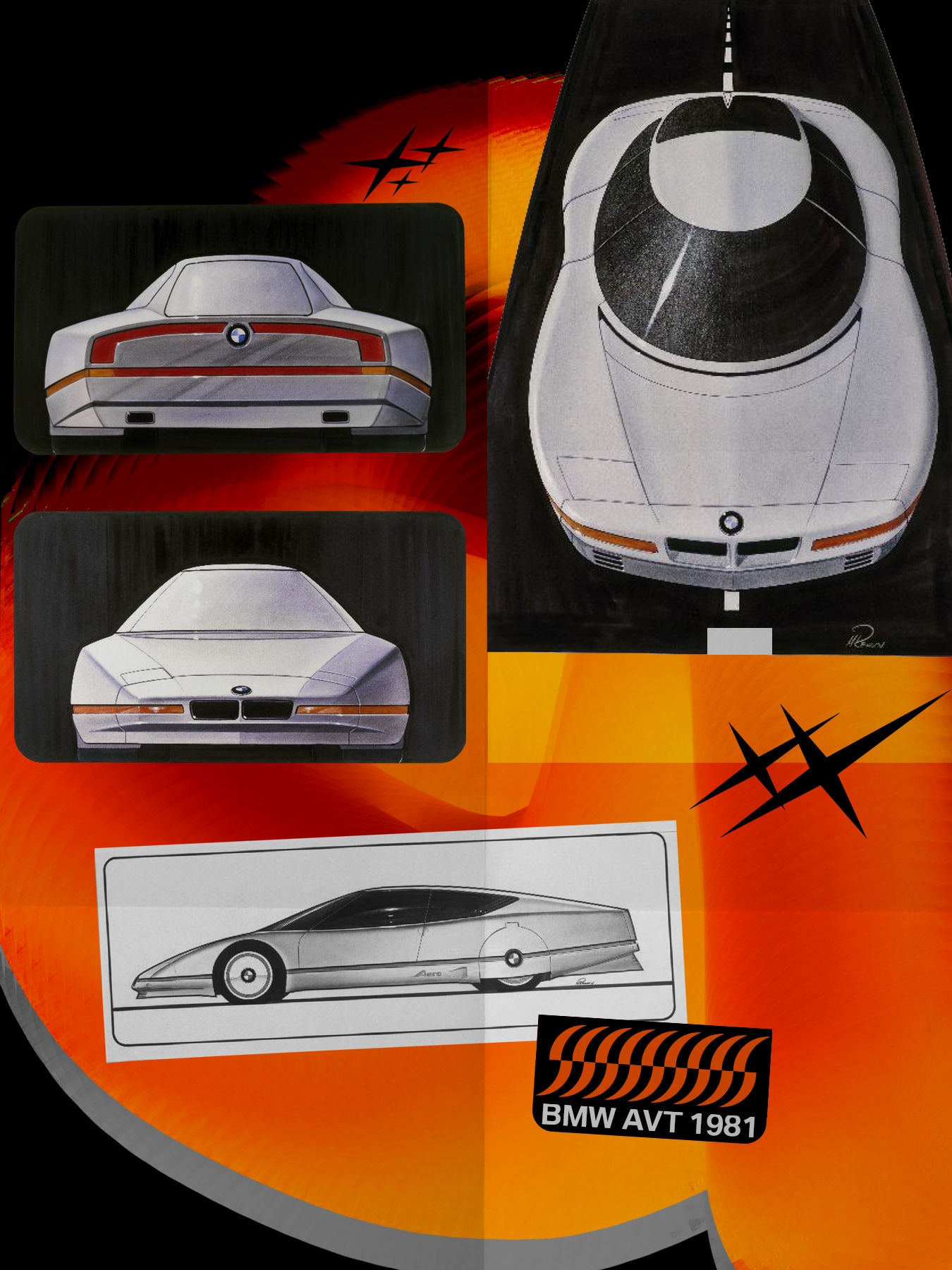

The BMW Turbo is possibly the best-known concept car on this list. Countless BMW fans all around the world adore it, and for good reason. First developed by BMW designers and engineers and showcased at the 1972 Olympics, the BMW Turbo is a dream come true for many. Its Gullwing doors, shark-like body, daring paint job, and truly sporty interior made “the Turbo” such a hit that BMW had to build a second vehicle to meet demands from car shows and fairs desperate to include the concept car in their exhibitions. Behind the seats, the BMW Turbo was equipped with a 2.0 four-cylinder, straight-piped turbo engine, delivering 280 brake horsepower and taking it from 0-100 kilometers per hour in 6.6 seconds. As a concept and idea, there really isn’t anything like the BMW Turbo – but some elements spilled over to later models and entire series. For example, the BMW Turbo was the very first BMW to introduce the driver-oriented cockpit, a concept that would become a trademark for countless later models. And in terms of its design, it really isn’t a stretch to say that its aggressive stance, low center-of-gravity profile, and overall expression, created by then-BMW Design Studio Chief Paul Bracq, makes it an early sibling of the equally iconic BMW M1.

To this day, the BMW AVT from 1981 remains one of BMW’s more mysterious concept vehicles. Very little is known about its background, but this doesn’t make it any less interesting. On the contrary, this ultra-futuristic non-drivable prototype has a unique role in BMW design and engineering history. Built to generate publicity for the opening of BMW’s new wind tunnel at the Ismaning/Ascheim test facility in 1980, the BMW AVT followed recent developments in the industry, which increasingly emphasized aerodynamics to reduce fuel consumption following the fuel crises in 1974 and 1979. With the opening of the wind tunnel, BMW accelerated research and development in this area, and the BMW AVT became a centerpiece in the efforts to leverage aerodynamics in BMW design. This is also where we find the origin of its name: AVT stands for Aerodynamischer Versuchsträger, or “aerodynamic test vehicle”. The BMW AVT cannot be driven. It is meant simply to take its place on top of the measuring plate in the middle of the wind tunnel and be a subject for tests and photographers. Similarly, it has no interior. The full-scale model was done by BMW designers collaborating with BMW aerodynamicists to create a truly unique concept “vehicle” which may not have any on-the-road descendants today, but nevertheless remains a crucial part of BMW design and engineering history.

Learn more about BMW's history, innovation, and commitment to excellence.
Visit Official Website